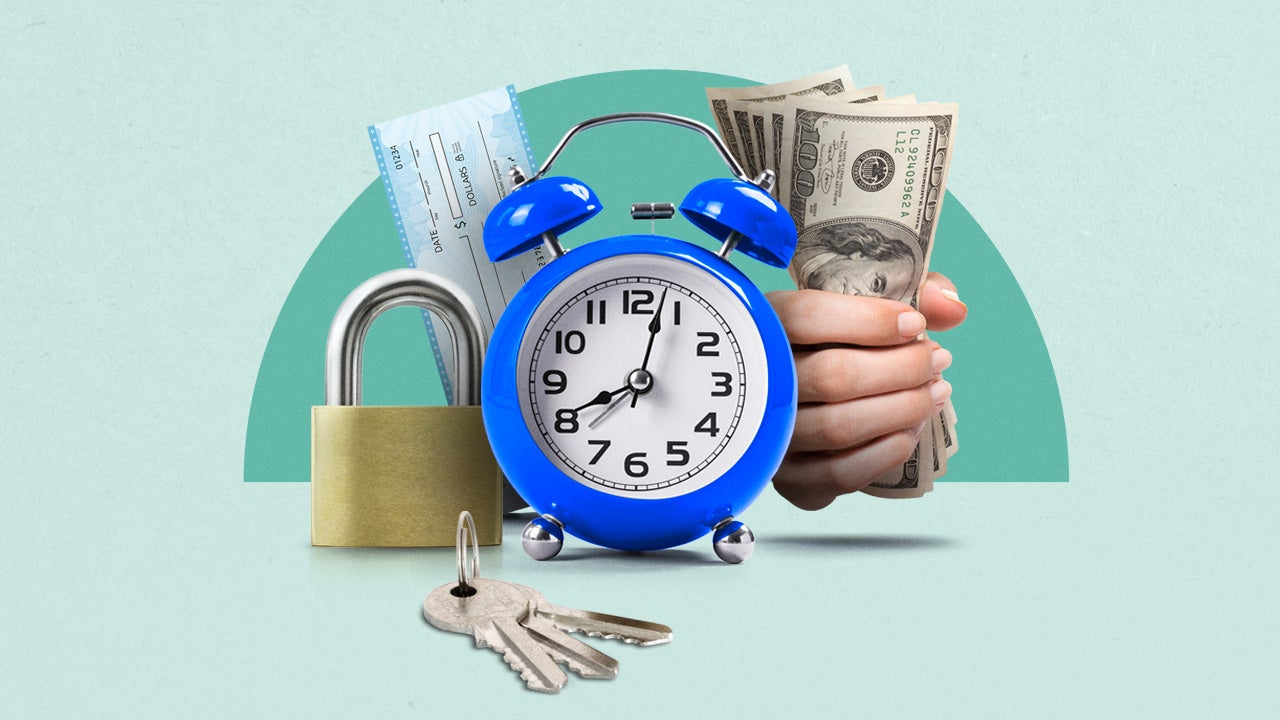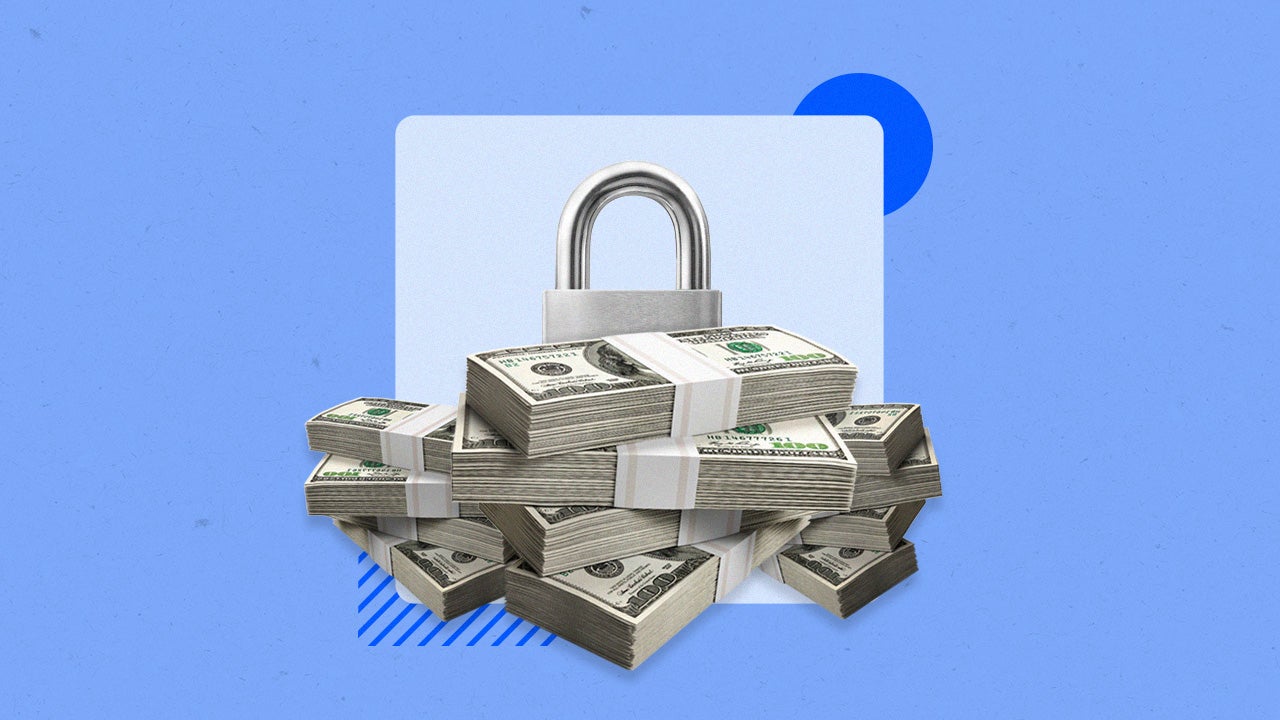I’m a banking reporter who covers CD rates daily. Here are 5 things to know about CDs right now

The current high interest rate landscape has created the most favorable environment for savers in more than a decade. We’ve seen recent dips in competitive certificate of deposit (CD) rates, spurred on by speculation that the Federal Reserve will lower interest rates this fall. However, many CD rates are still outpacing inflation, so CDs are certainly still worth a look.
As a banking reporter who covers top CD rates on a daily basis, I’ve selected five important factors to know about CDs right now. I find these factors helpful to those who are considering locking in a CD before rates have a chance to drop much further.
1. CD rates have been climbing for years and peaked late last year
Annual percentage yields (APYs) on competitive savings accounts and CDs tend to move in lockstep with the Federal Reserve’s rate changes. To combat inflation, the Fed raised rates 11 times in 2022 and 2023, and since then it’s held them at a 23-year high.
Along with the Fed’s rate increases, competitive banks gradually raised their CD yields, with many peaking in late 2023. Back then, some financial institutions offered APYs of 6 percent or higher, such as Suncoast Credit Union, which offered an 11-month jumbo CD that earned 6 percent APY.
But with inflation down significantly from two years ago and a jobs market that’s been weakening, the Fed seems poised to lower interest rates at its next meeting on Sept. 18. Fed rate cuts generally spur decreasing yields on CDs and other deposit accounts.
2. We’re likely to see more CD rate decreases into 2025
In 2024, we’ve seen steady dips in top CD rates as banks anticipate the Fed will lower its benchmark rate. Here at Bankrate, my colleagues and I track top rates regularly in a daily CD article.
Based on our tracking, this year has seen around 53 decreases and seven increases in top CD rates. Of note, there hasn’t been a rate increase since June, and 16 of the total rate drops all happened in August. The broad consensus is that there are more rate drops to come.
Top APYs on popular CD terms have decreased in 2024
The table below shows how much rates have fallen since the start of 2024. For instance, the top APY on a one-year CD has fallen 0.60 percent this year. This term has seen the largest decrease, while other popular terms have decreased between 0.25 percent and 0.40 percent.
| 6-mo. | 1-yr. | 2-yr. | 3-yr. | 4-yr. | 5-yr. | |
|---|---|---|---|---|---|---|
| Jan. 2 | 5.50% | 5.66% | 5.00% | 4.75% | 4.54% | 4.60% |
| Feb. 1 | 5.35% | 5.51% | 5.00% | 4.75% | 4.54% | 4.60% |
| March 1 | 5.35% | 5.40% | 5.00% | 4.76% | 4.55% | 4.61% |
| April 1 | 5.30% | 5.35% | 4.82% | 4.66% | 4.50% | 4.55% |
| May 1 | 5.30% | 5.36% | 4.82% | 4.66% | 4.50% | 4.55% |
| June 3 | 5.30% | 5.36% | 4.76% | 4.66% | 4.45% | 4.50% |
| July 1 | 5.25% | 5.36% | 4.76% | 4.66% | 4.45% | 4.50% |
| Aug. 1 | 5.30% | 5.26% | 4.76% | 4.66% | 4.45% | 4.50% |
| Sept. 6 | 5.15% | 5.06% | 4.75% | 4.35% | 4.20% | 4.35% |
According to the table, the highest-yielding shorter term CDs have offered higher APYs than longer terms for all of 2024, and this was also the case prior to the start of this year. However, keep in mind that you might ultimately earn more total interest on a longer-term CD, such as four or five years. In all, the best CD is one that combines a competitive APY with a timeframe that’s right for you.
The graph below helps illustrate this movement for some CD terms, with the biggest overall drop happening with the one-year term, and the smallest taking place for the five-year term:
3. It’s worth opening a CD while rates are high
Many economists and investors believe the Fed is poised to start lowering rates at its next Federal Open Market Committee (FOMC) meeting in mid-September. After that, officials will have two more rate-setting opportunities in 2024, during scheduled meetings in November and December.
In remarks delivered on Aug. 23, Fed Chair Jerome Powell said “the time has come” to lower rates, citing:
- A lower inflation rate that’s getting closer to the Fed’s target rate of 2 percent
- A desire to stave off further weakening of the job market
Top CD rates will likely continue to decrease slightly, leading up to the Fed’s next rate announcement on Sept. 18. Should the Fed decrease its benchmark rate at that time, expect further decreases.
What this means is these are likely the highest overall CD rates you’ll see for quite some time. Locking in a competitive APY now on a fixed-rate CD means you’ll continue to earn that rate for its entire term, even if banks lower the rates on new CDs over time.
“If you’ve been considering a CD, now is the time to lock in,” says Greg McBride, CFA, Bankrate’s chief financial analyst. “Yields have already pulled back from the peak and that is only going to accelerate in the months ahead, so there is no advantage to waiting. The top-yielding CDs enable you to lock in returns that should handily beat inflation over whatever time period you select,” McBride adds.
4. How much interest you’ll earn can depend on when you lock in a CD rate
Currently, you can find APYs of 5 percent or greater on popular CD terms of up to one year. Longer terms earn slightly lower yields, although they afford you the additional time to ultimately earn more interest.
In an article earlier this week, my Bankrate colleague Matthew Goldberg writes about why he recently decided to open an 18-month CD. He explains that although he’s earning a slightly lower APY than he’d get on a shorter term CD, such as a six- or one-year term, his longer term could prove beneficial. This is because there’s a high chance rates will decrease over the next year, so being able to earn a higher APY during that time, and for slightly longer, can pay off.
Among CDs that currently earn the top rates, here’s approximately how much interest a $10,000 deposit will earn by the time the CDs mature:
- 6-month CD earning 5.15% APY: $254
- 1-year CD earning 5.06% APY: $506
- 2-year CD earning 4.75% APY: $973
- 3-year CD earning 4.35% APY: $1,363
- 4-year CD earning 4.20% APY: $1,789
- 5-year CD earning 4.35% APY: $2,373
Bankrate’s CD calculator can come in handy in determining how much interest you’ll earn on a CD, based on the term length, APY and your deposit amount.
5. Over time, a CD might help you earn a higher rate than a variable-rate savings account (just beware of early withdrawal penalties)
A CD can be a good choice right now if you’re looking to lock in a high yield before rates decline any further. You’ll continue to earn the fixed yield, even if the going rates drop on new CDs and variable-rate savings accounts.
Before committing any funds to a CD, be certain you won’t need the money before the term expires. Most CDs carry early withdrawal penalties, which can eat away at your interest and possibly even some of your balance.
When choosing between a CD and a savings account, keep in mind the best place for money you may need for emergencies or living expenses is often a liquid high-yield savings account.
“If you need immediate access to cash, or are unsure if you can afford to lock up the money for any period of time, pass on the CD and look to an online savings account,” says Bankrate’s McBride. “The top online savings accounts offer competitive yields, penalty-free access to cash when it is needed, and the protection of federal deposit insurance. CDs involve locking up money for a period of time and carry an early withdrawal penalty if you need the money prior to maturity.”
Bottom line
If rates continue to decrease on CDs, you may thank yourself for locking in a high yield now, as long as you’re comfortable parting with the money for the CD’s entire term.
In the coming weeks leading up to the Fed’s next rate-setting meeting Sept. 17-18, you can stay in the know by following Bankrate’s coverage of macroeconomic trends such as inflation, as well as the latest rates on CDs and savings accounts.
Why we ask for feedback Your feedback helps us improve our content and services. It takes less than a minute to complete.
Your responses are anonymous and will only be used for improving our website.






